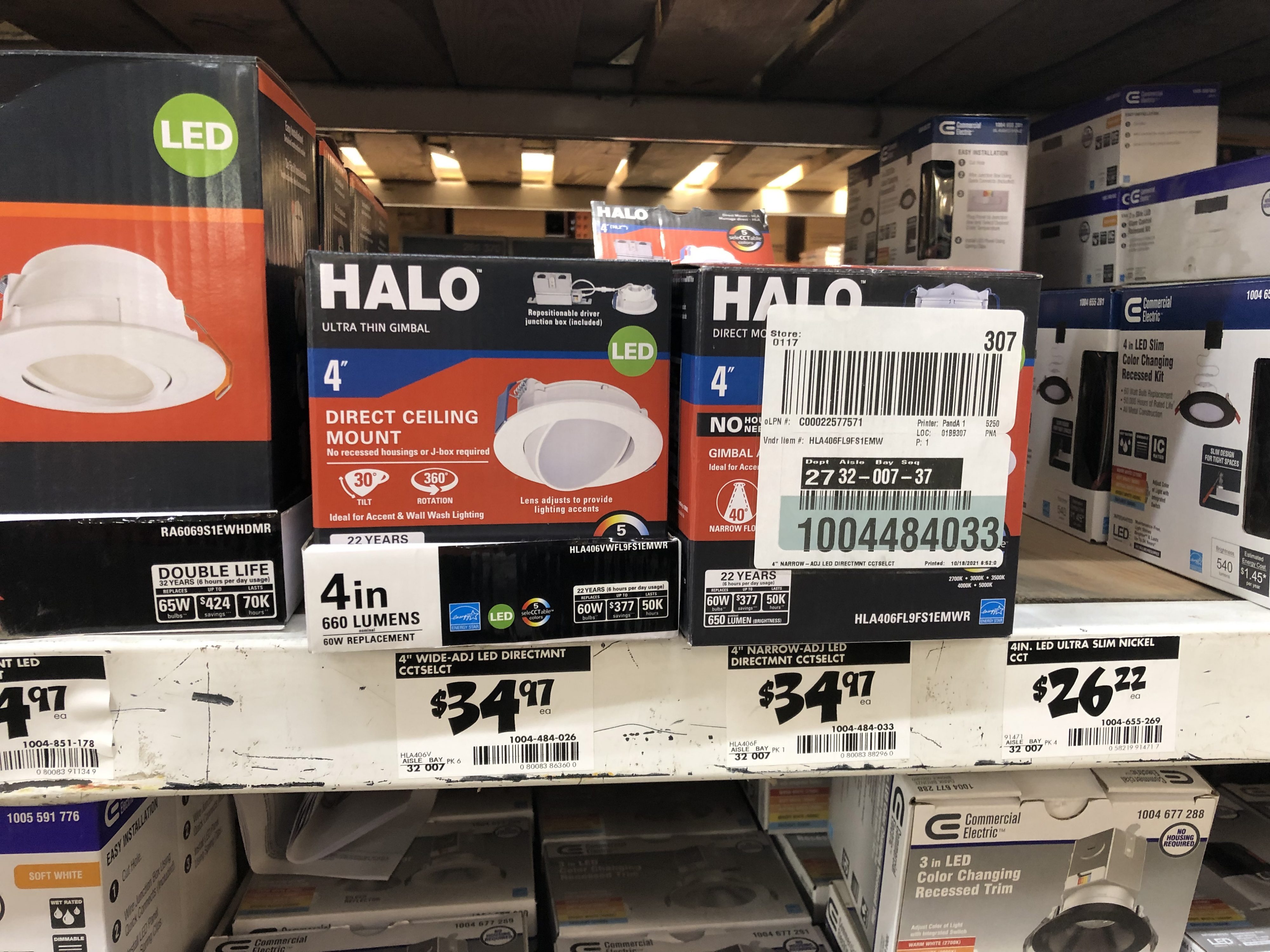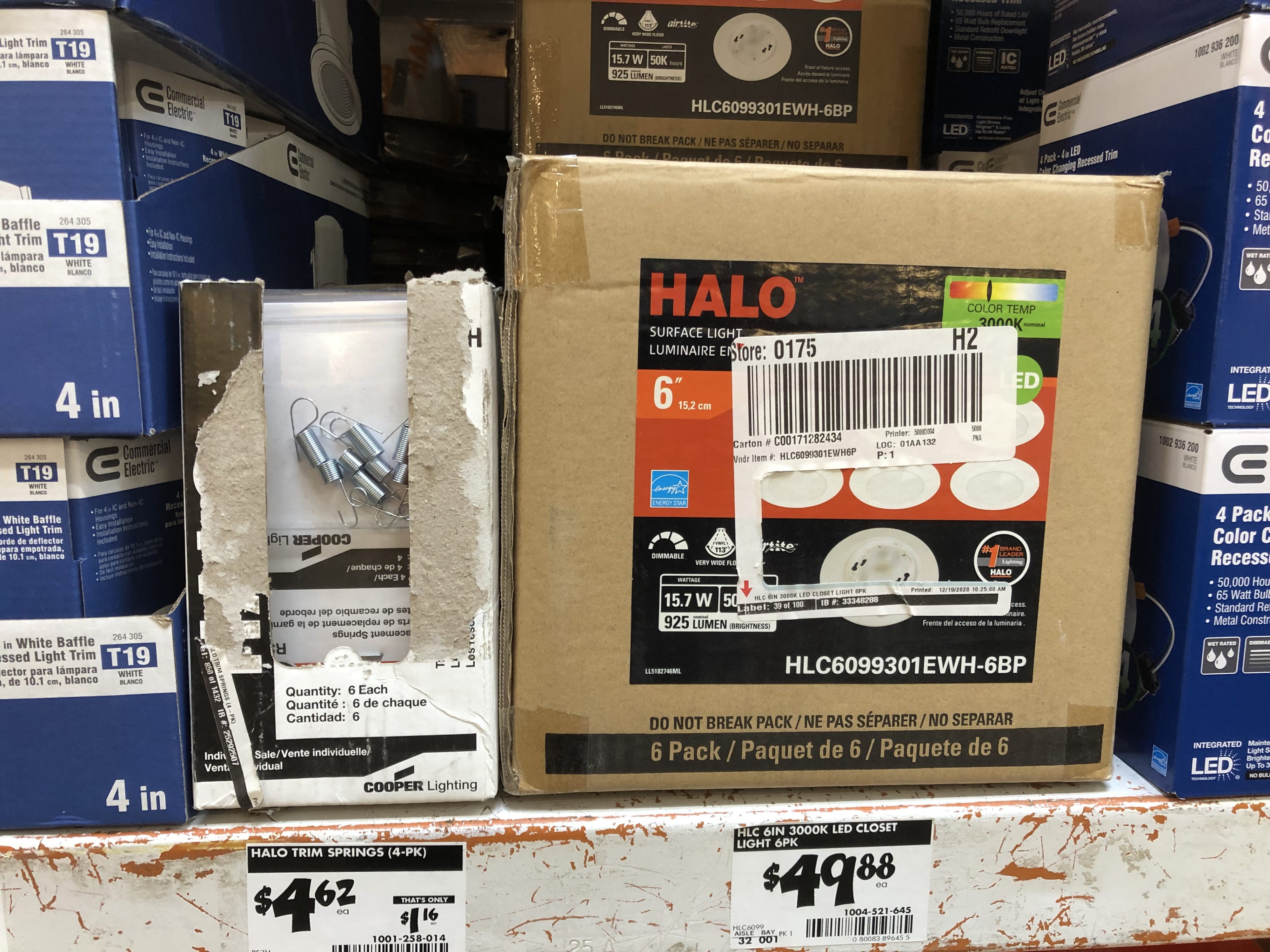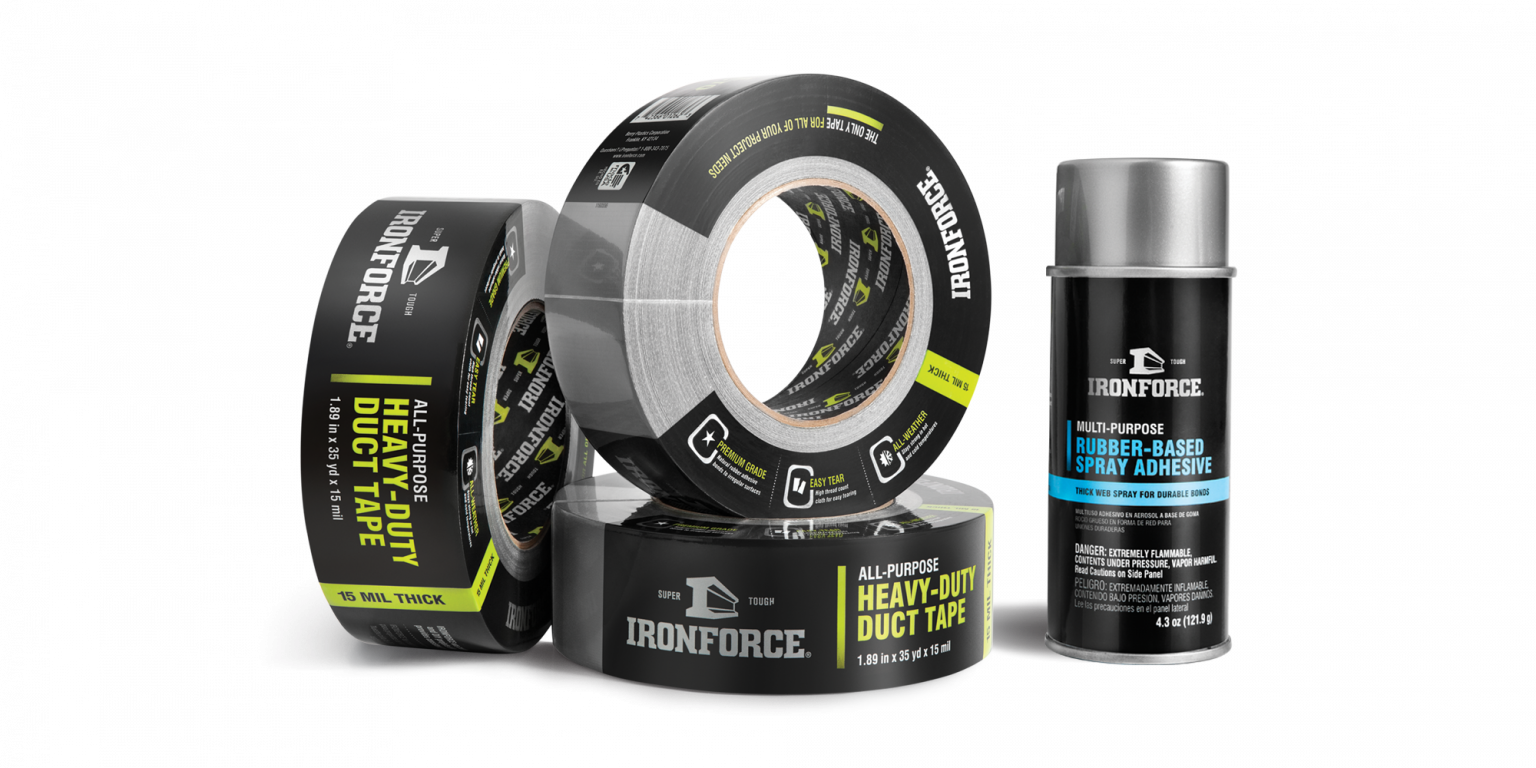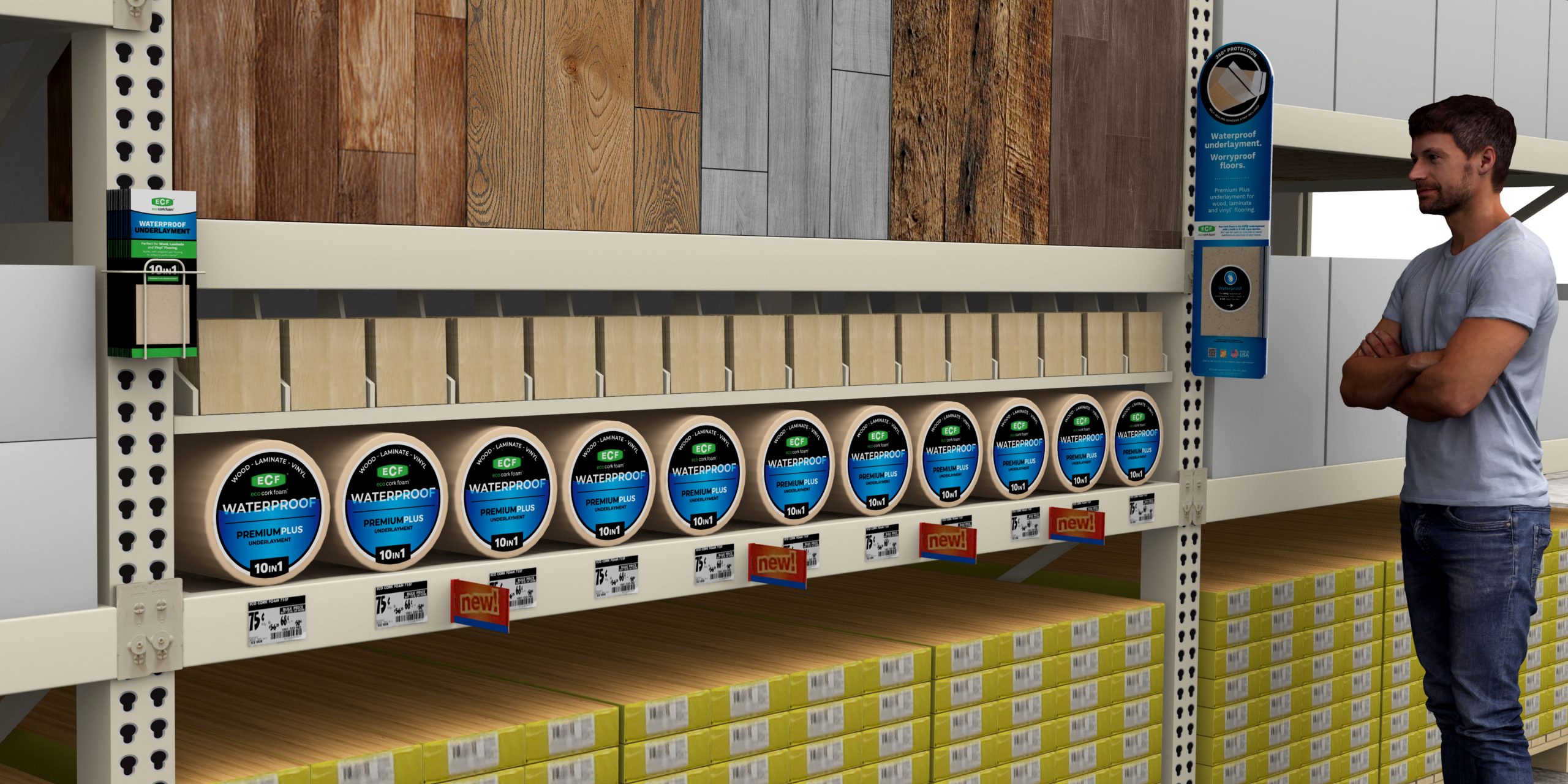
The retail industry is a two-headed beast. One head speaks the language of business, the other speaks the language of consumers. Getting products through this complex creature requires speaking both languages without missing a beat. That’s what we call B2B/B2C fluency, and it’s an essential skill for getting in and succeeding in retail. Because every product in retail has to be sold twice.
Before any product can reach the shopper, it must win the support of the retailer. And retailers want more from products than profit and shopper satisfaction. They want products that can make them more competitive, products that benefit their brand and enhance the overall retail experience. They want products that serve their business, drive consumer demand and satisfy shoppers.
B2B/B2C fluency can’t be faked
B2B/B2C fluency comes from experience. Any retail strategy worth its weight works to keep both sides of the monster charmed at all times. Plenty of great products have failed to get off the ground because their go-to-market strategy went all in on the end user with little thought for the retailer. To win in retail, product manufacturers and marketers need go-to-market strategies that position their product as both a business and consumer solution.
When it comes to the interests of retailers, the home improvement industry is not unique. Retailers want simple and integrated solutions that take into account the web of interests they have at stake. Because retailers have a broad target audience with diverse needs, they have to consider the impact of individual products on the greater category and retail experience. Think of it as a large, delicate web that the retailer has to balance and keep intact at all times. Your product can’t offset the balance in any way.
What does B2B/B2C fluency look like?
1. B2B/B2C fluency applied to research
Fluency begins by taking an integrated approach to research. When we conduct research, go on store walks, and administer surveys or interviews, we have both B2B and B2C goals in mind. We’re seeking to understand the category within the retailer. We want to understand the competition within the store and for the retailer. But we also want to understand the shopper and their needs, concerns and how they fit into the retailer’s web.


2. B2B/B2C fluency applied to creative concepts
Believe it or not, B2B/B2C fluency also plays an active role in branding and creative concepting. It may seem like branding your product is all about you. However, since your product doesn’t go to market on an island, the retail ecosystem must inform creative decision-making. When setting out to develop product positioning, brand identity and key messaging, you are seeking to differentiate your product and appeal to consumers. You also need to demonstrate that your product is a good investment, and that it will contribute to, rather than disrupt, the retailer’s category.

3. B2B/B2C fluency applied to consumer engagement
Even when speaking directly to consumers, your product should engage B2B/B2C fluency. Consider activities like packaging, product photography and displays as an opportunity not only to generate demand for your product, but also to lift the category. Demonstrating that your product marketing can be a tool for retail associates or to lift the category will earn the support of retailers. This applies to all marketing you do. The fluent product strategy actively seeks opportunities to demonstrate value to shoppers and retailers alike.

Fluency matters because commerce is communication
The idea of fluency comes from language, of course. And language is the key to communication. Fluency eases communication and relationships, which are integral to commerce. The two-headed creature that is retail may be big and complex, but it still needs to communicate and forge relationships to survive. That’s precisely why product strategies that are developed with fluency have an easier time making friends with it.